By Rick Noack
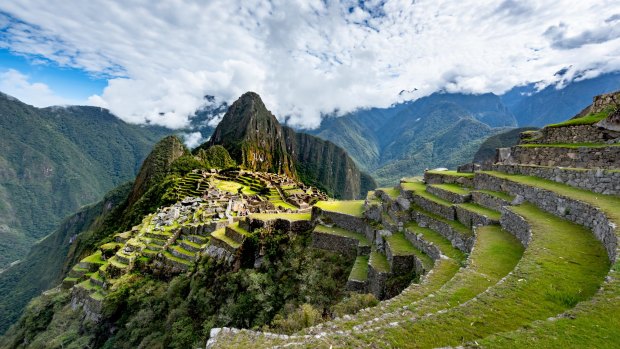
Machu Picchu, Peru. Credit: iStock
As 2020 began, the world's top tourism sites were bracing for a busy year. The coronavirus pandemic shattered those forecasts.
Air travel dwindled and tourist destinations shut their doors, upending the lives of those who depended on the steady stream of visitors. Critics of overtourism saw a grim silver lining.
The pandemic's long-term repercussions for tourism to key sites are still uncertain. Some fear the lack of revenue could impede crucial repairs. Others see an opportunity in the sudden silence: A chance for nature to recover, and for a subsequent move toward sustainable tourism.
Some attractions, like China's Great Wall, have seen in recent months an influx of domestic visitors who have replaced foreign ones. Meanwhile, other sights, such as Peru's Machu Picchu, are still waiting to reopen for large-scale tourism.
Here's how some global tourist destinations, picked as finalists or winners in a 2007 survey by the Swiss New7Wonders Foundation but by no means a matter of consensus, have been affected by the pandemic.
Chichen Itza, Mexico
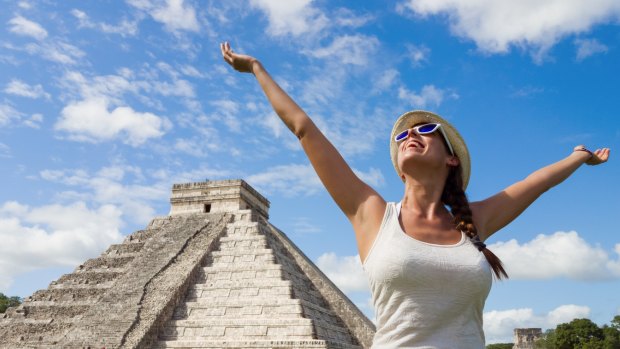
Credit: iStock
Less than two weeks after Italy became the first country to impose a nationwide lockdown in response to the novel coronavirus, Mexico was due to celebrate the biannual equinox at the pyramid of Kukulkan in Chichen Itza, the ruins of an ancient city built by the Maya.
The late-March event - an illusion of natural light and shadow that casts a moving snake on the pyramid's steps - usually attracts tens of thousands of visitors.
But days before the ceremony was set to take place, authorities cancelled the plan on short notice, citing the spread of the coronavirus. A severe surge in infections over the summer pushed many of the 11 million Mexicans who depend on tourism into unemployment and poverty.
Mexican authorities gradually reopened archaeological sites last month, including the Mayan city of Teotihuacan, after implementing temperature checks, mask mandates and social distancing rules. All sites are operating on reduced capacity.
The Great Wall, China
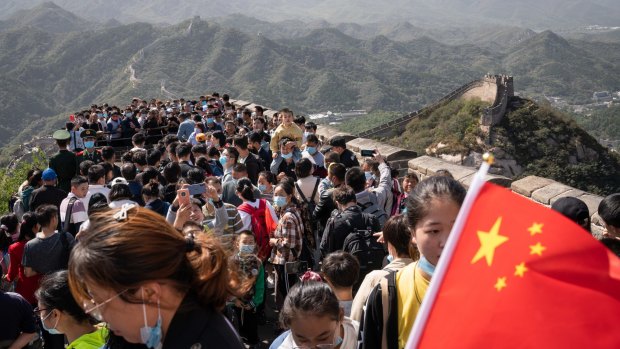
Credit: Bloomberg
By the time many Mexican sites reopened to small crowds last month, China's Great Wall was already dealing with the return of overcrowding.
As China, the initial epicenter of the pandemic, aggressively curbed the spread of the virus, domestic tourism filled many of the gaps created by the lack of foreign travellers. Whereas visitors to the Great Wall were still sparse in early May, bookings surged in the following weeks.
Earlier this month, China's government-run Global Times newspaper described crowded scenes during a national holiday, with tourists at the Great Wall made "to wait and queue up when passing through some narrow and steep stairs."
The Colosseum, Italy
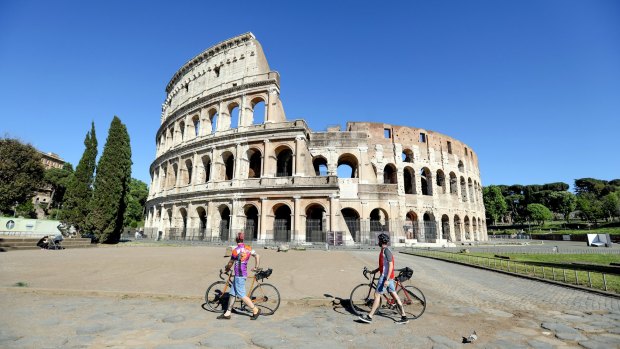
Credit: Bloomberg
Rome opened many of its tourist sites in June, but required the purchase of online tickets for the Colosseum and other major attractions.
Although it was among one of the first global attractions to reopen after Italy's early nationwide lockdown, few tourists made it to Rome this summer.
Some were deterred by the perception of Italy as an early coronavirus hot spot, despite the country having one of Europe's lowest infection rates over the summer. Others were unable to fly in because of the European Union's entry bans on travellers from most countries outside the bloc.
By late July, tickets for the Colosseum were still available on short notice and there were no lines outside the usually packed entrances.
With Italy now facing a surge in infections, the country is bracing for tighter restrictions this winter.
Taj Mahal, India
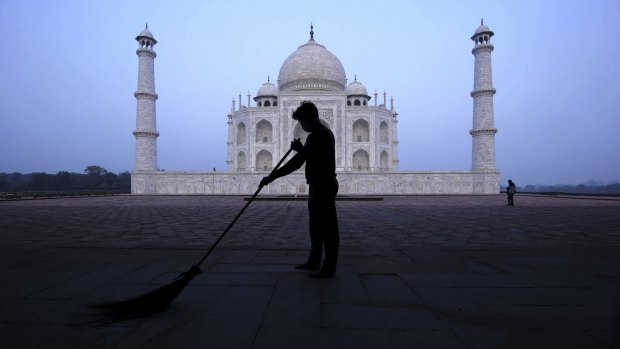
Credit: AP
In one of the world's most virus-stricken nations, India's 17th-century Taj Mahal mausoleum reopened late last month, after six months closed.
Known in India as a symbol of love, the Taj Mahal reopened under strict health precautions, including limited visitor numbers and required masks.
"We want to send out the message that things are not so bad and you will be safe if you follow the instructions," Vasant Swarnkar, a representative for the Archaeological Survey of India agency, told Agence France-Presse.
India has yet to open up to foreign travellers, and businesses worry that revenue from domestic travelers will not be sufficient to make up for the losses.
"People don't want to go on holiday," Manu PV, a representative for an Indian tourism association, told Reuters. "They are very worried. There is the fear factor."
Angkor Wat, Cambodia
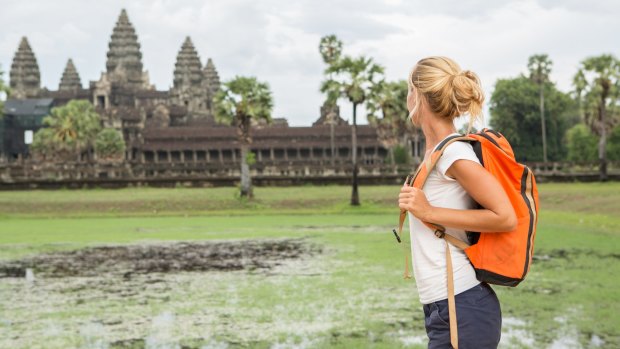
Credit: iStock
Even destinations that remained accessible this year were severely affected by steep drops in visitor numbers.
Cambodia's Angkor Wat religious temple complex remained open throughout much of the year. But ticket revenue from foreign travellers fell 97 percent year-on-year in September, the Khmer Times reported.
Christ the Redeemer statue, Brazil
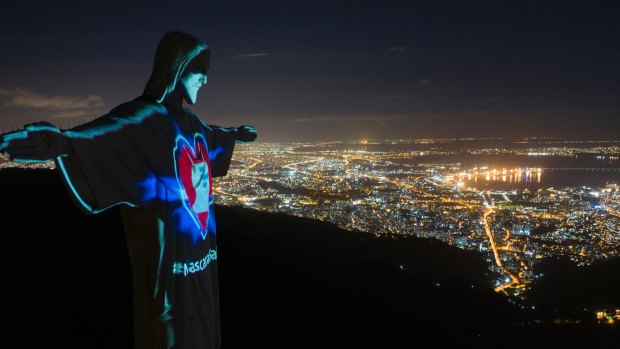
Credit: AP
As the coronavirus spread in Brazil - while President Jair Bolsonaro mocked it and refused to impose stringent curbs - Rio de Janeiro's 125-foot Christ the Redeemer statue morphed into a reminder of the pandemic's human toll.
The statue was shown in a doctor's coat during a light projection April 12, Easter Sunday, as the city's Roman Catholic archbishop Dom Orani Joao Tempesta held a mass near its base to honour health-care workers.
After a five-month closure, the site reopened to tourists and other visitors in August, weeks after international flights resumed.
"The reopening of the Christ [monument] symbolises the reopening of Brazil to tourism," said Environment Minister Ricardo Salles, according to AFP.
Machu Picchu, Peru
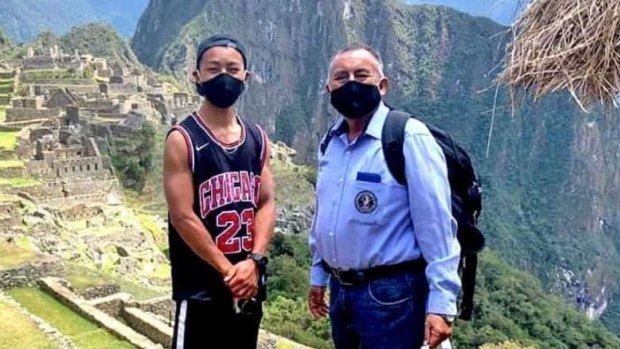
Credit: Andean Roots Peru/Facebook
Machu Picchu went quiet in March. For business owners in the nearby town of Aguas Calientes, a gateway for visitors to the 15th-century Inca citadel, the pandemic has been a major economic challenge. The vast majority of visitors left the country on repatriation flights following Machu Picchu's closure.
Machu Picchu's initial reopening date in July was delayed, as cases surged in the country.
Last weekend, the site finally reopened for one Japanese tourist, who had waited seven months for his turn. Jesse Katayama, 26, a boxing instructor, decided to stay behind after Peru declared a state of emergency - one day before he had been due to see the ancient ruins.
Sympathetic locals lobbied on his behalf, and Peru's government agreed to make an exception this month.
The site is expected to begin admitting other visitors at reduced capacity next month, as the country gradually opens up to foreign travelers amid a decline in cases.
The Washington Post
Sign up for the Traveller newsletter
The latest travel news, tips and inspiration delivered to your inbox. Sign up now.